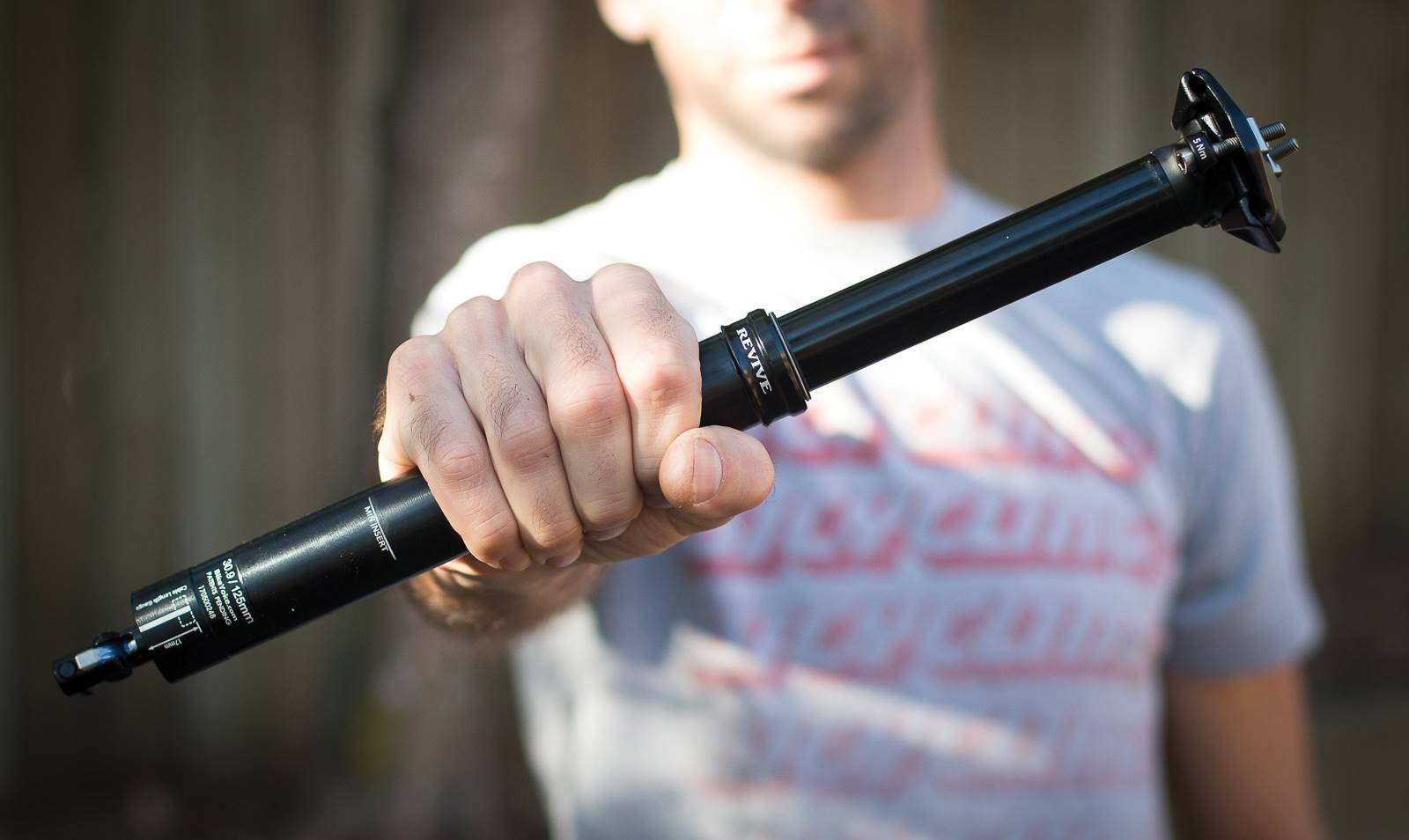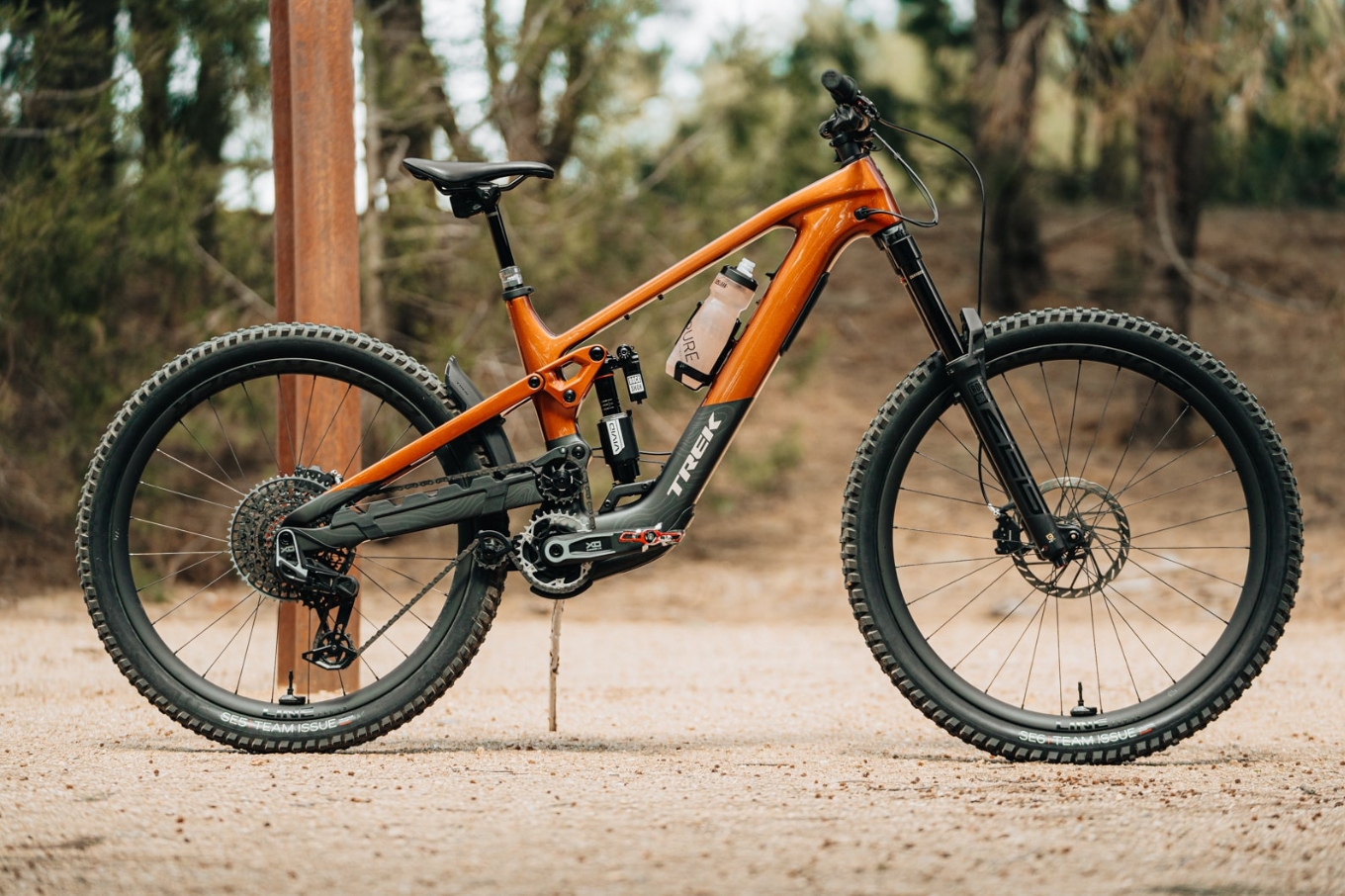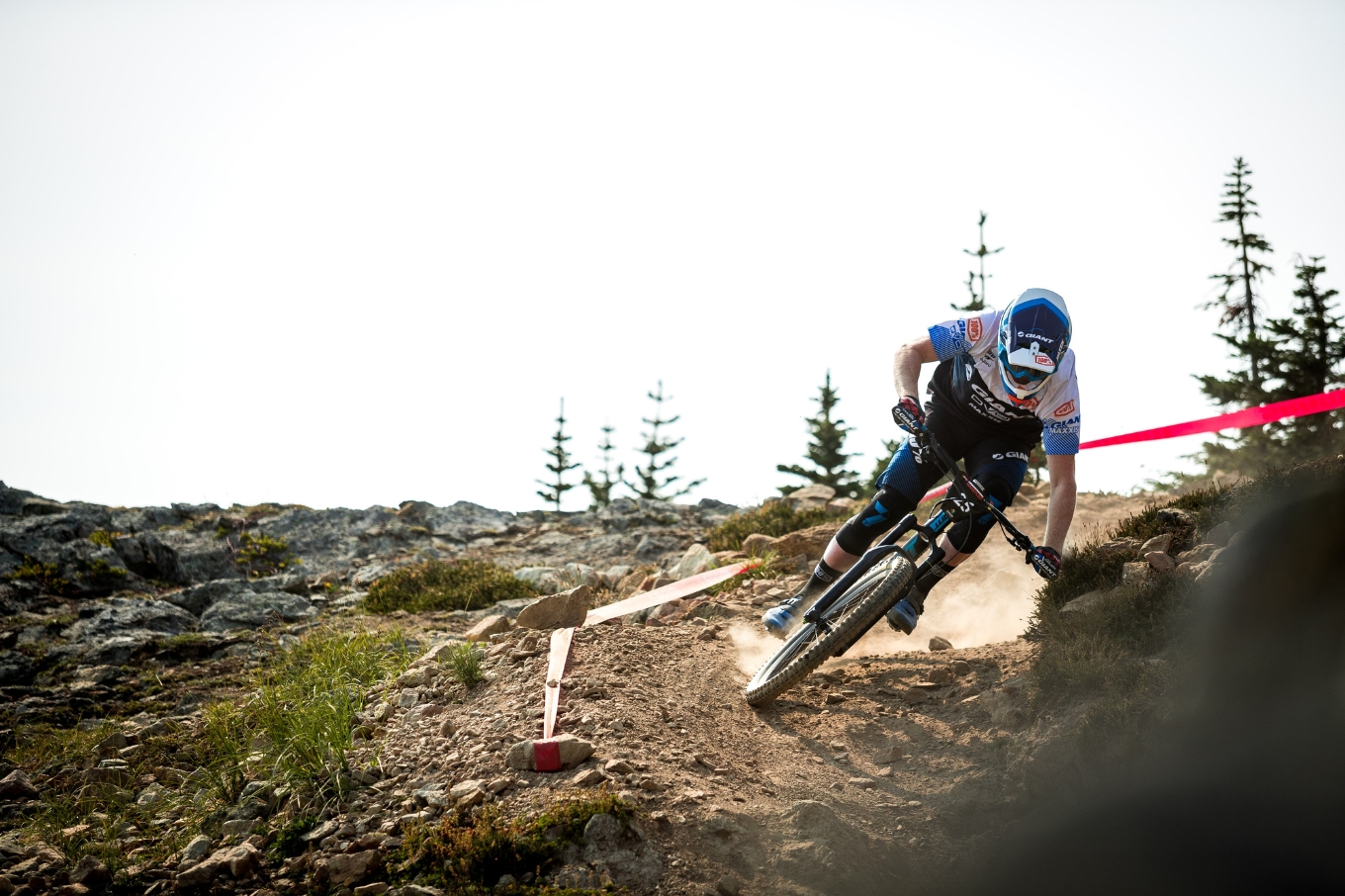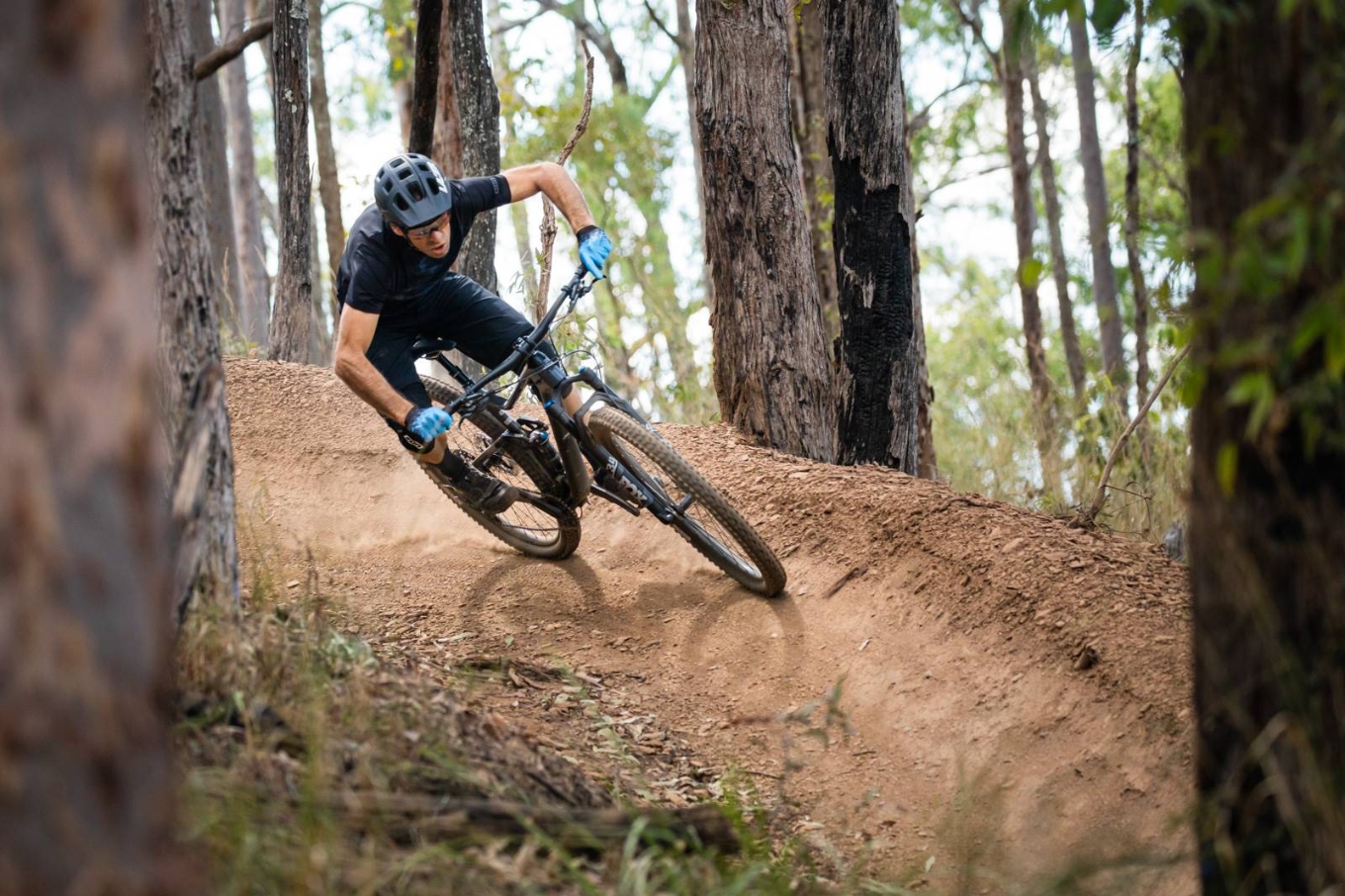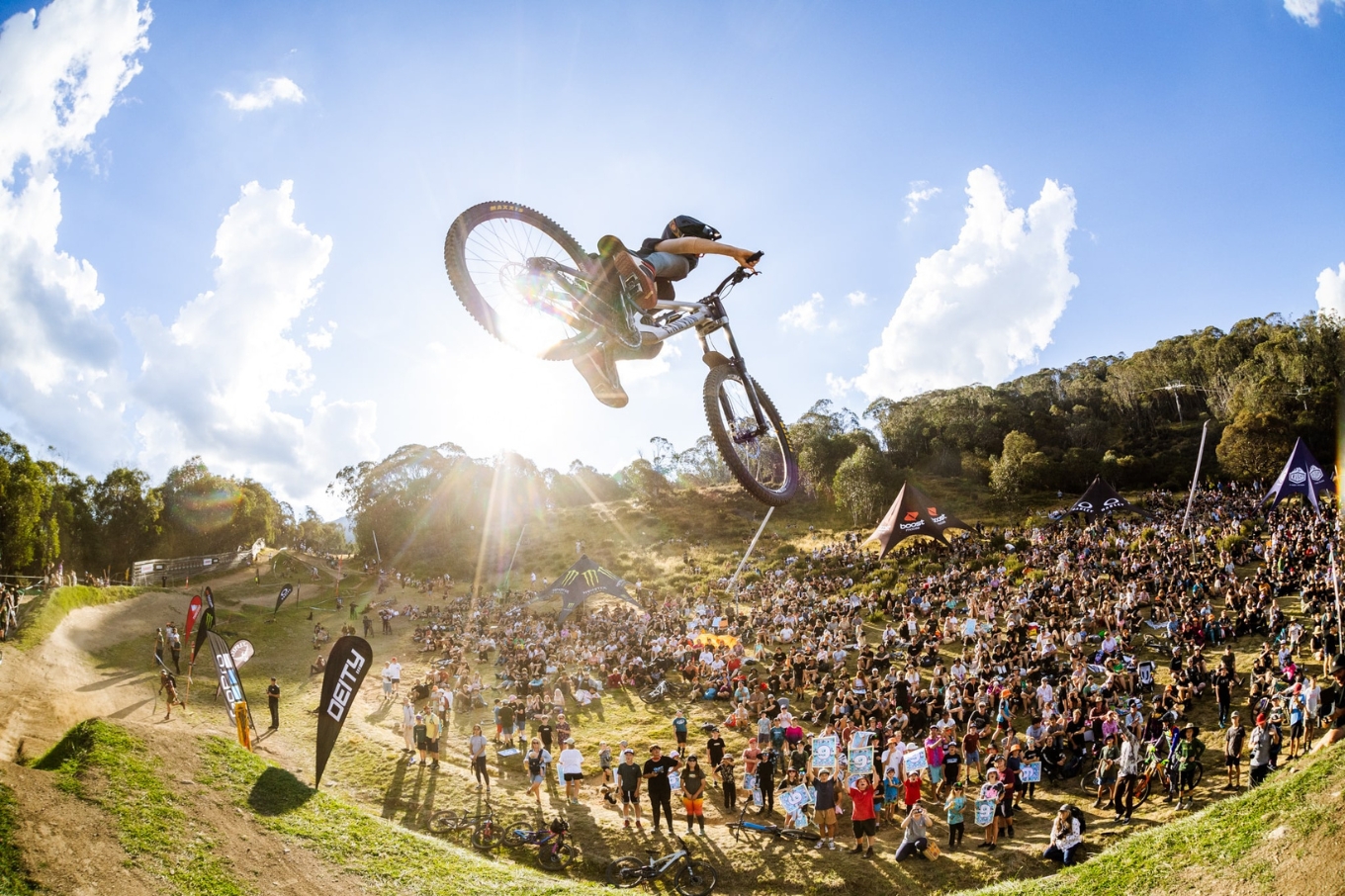TESTED: Bike Yoke revive dropper post
Not all dropper posts are created equal.
While dropper posts started as a unique item some people chose to put on their all-mountain bikes, now you’ll see them on pretty much everything from intermediate trail bikes, Olympic and World Cup XC podiums, and on just about any performance trail or all-mountain machine. But popularity doesn’t mean they are hassle free.
Dropper posts hold some serious internal pressure, and then can have your weight slammed on them too. The seals have to cope with all the grime, grit and crud from your rear wheel that gets sprayed up and the pressure from use. So many bikes have droppers, and so many shops and service centres have them lined up for service too.
Welcome to the BikeYoke Revive
The BikeYoke Revive looks like any other cable-actuated hydraulic seatpost – like the Fox Transfer and KS Lev. But there are a few small differences. I wrote about fitting and setup on our website, but in short it was low fuss and not unlike any other internally routed post. The 365mm, 125mm drop, 30.9mm post weighed 466g, and the lock out assembly was 31g.
The finish is excellent, but the stand out feature is the 4mm hex head on the head of the post, which says ‘Reset’. Dropper posts can get saggy and less-responsive when the internal floating piston (IFP) that is meant to separate air and oil, lets some seep past. So instead of the post feeling locked in place, it feels squishy – like suspension. Which is bad. IFP sealing needs perfect internal and external diameters, which means highly precise manufacturing, and also puts limits on how much a tube will get squeezed (say, at a seat clamp) or whether the post might flex (like with a long dropper post). Now it’s probably more obvious why there are so few people making 27.2mm dropper posts as well.
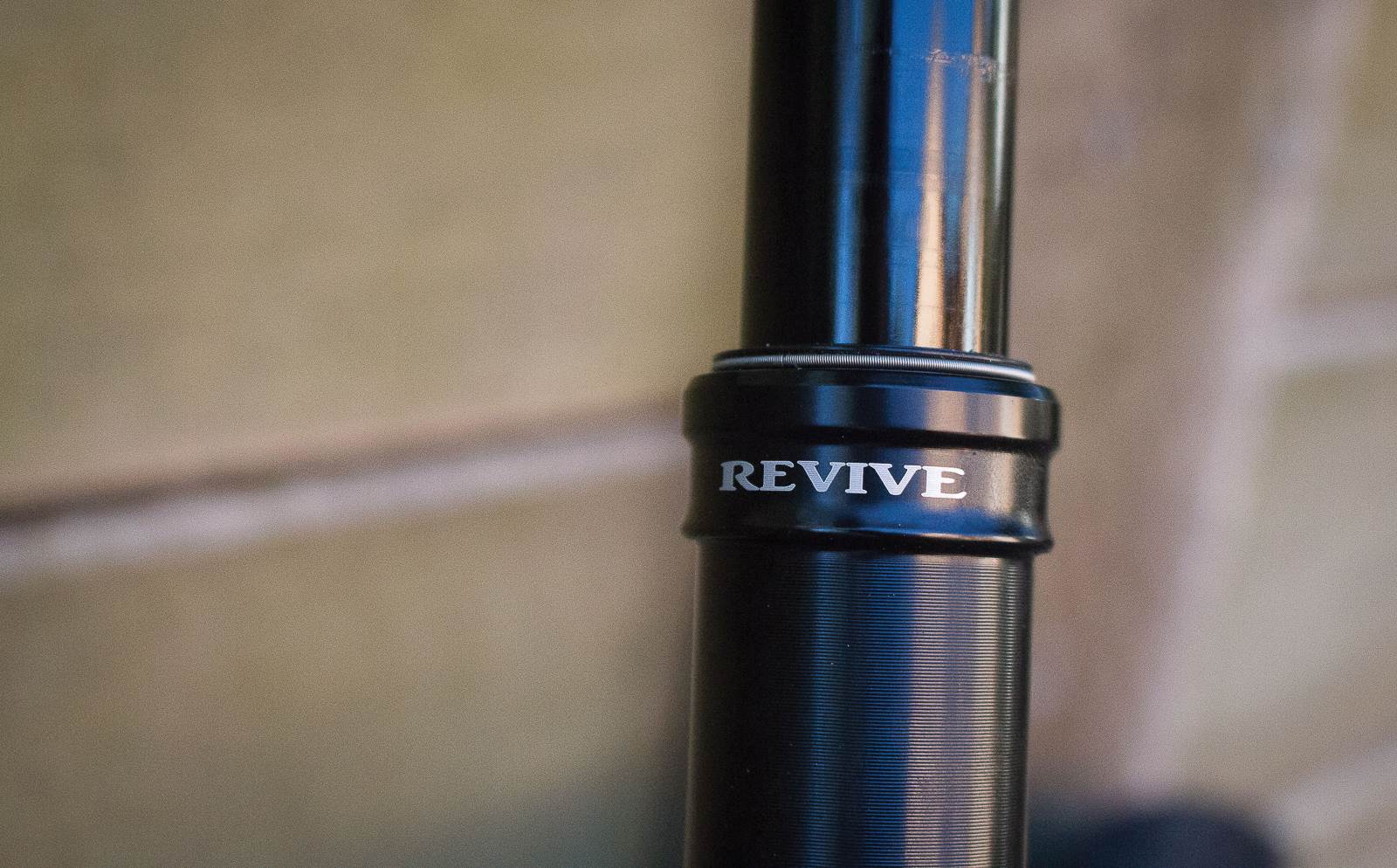
By doing away with the IFP design, the Revive needs only two seals, not four, to create the hydraulic lock: one for the inner shaft and one sealing the locking piston. The ‘Reset’ valve is still there in case air gets in in where it shouldn’t, and you simply hold it open with a 4mm and slowly compress the post. This effectively bleeds the system. And you can do it all trail side.
Another bugbear of dropper posts is side-to-side play. As the Revive uses a single piece lower tube, without a top assembly for a bushing and cap, the bushing is longer and the post is stronger – and six pins keep the upper tracking straight and flop free.
Trail time with the Revive Dropper
With the 125mm model (160 and now 180 models are also available) set up with the Triggy lever, I was good to go. The Triggy can mount on your bars or with an iSpec mount for Shimano brakes. Either way, the lever through mimics a left-hand shifter, and it is also pressure sensitive. Push harder, the post returns faster. Slightly depress it and it lifts more slowly.
In use, it means you can fine-tune your position exactly how you want. And without the initial stiction of an IFP to get over, actuation is faster and smoother than any other dropper I have used. This means you use it more often – I found I would even drop the post a little for flat corners. Dropper posts aren’t truly about getting your weight back, but about having your weight at the ideal point between the contact patches of your tyres. When a post is so easy to use and fast, you really start to take advantage of this.
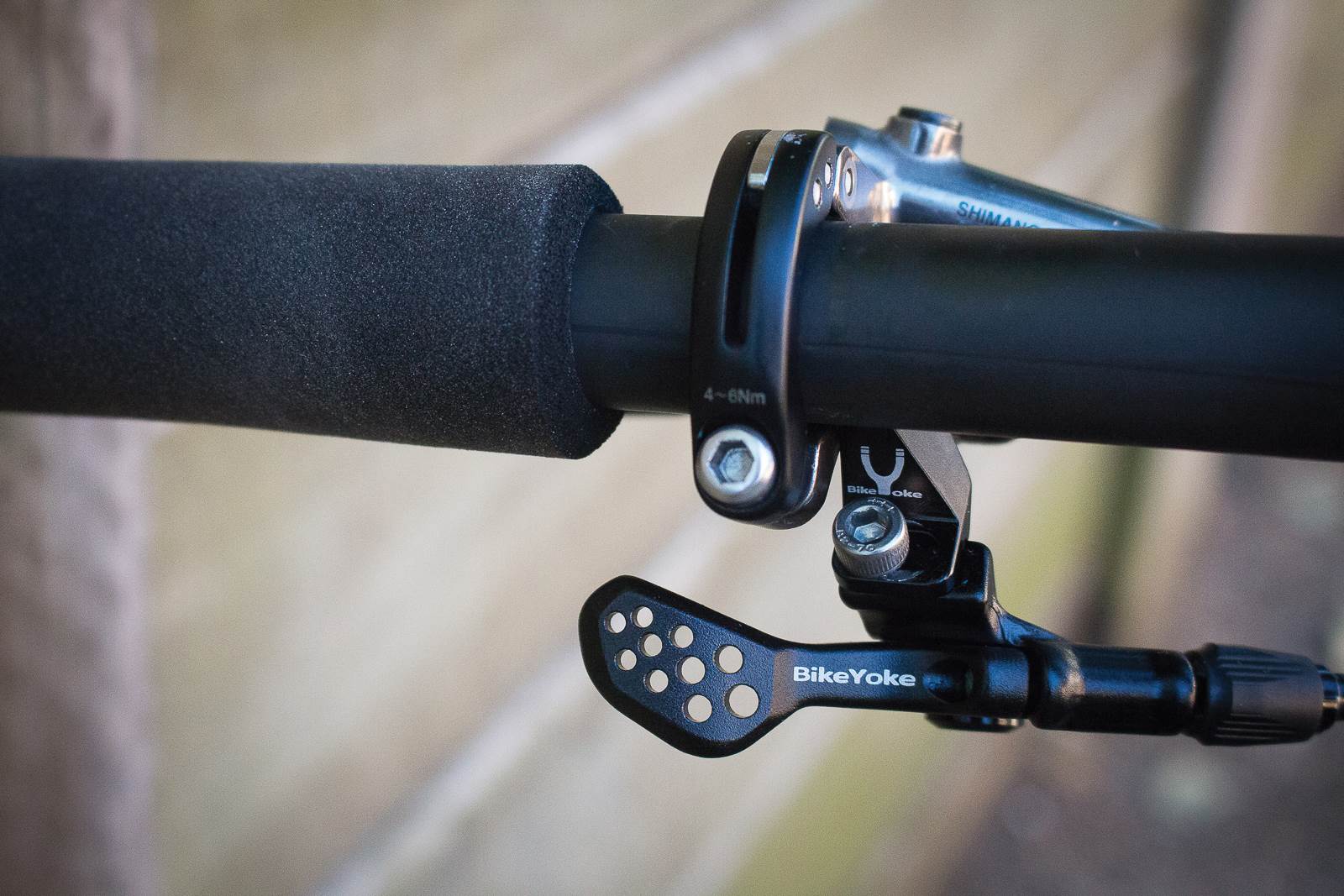
So is it perfect? Well it’s close. The fast action and great ergonomics of the lever means you use it more and think about using it less. Parts will still wear and they will need replacing.
The Revive post should be the most reliable dropper post on the market. They come in 30.9mm and 31.6mm diameters, two lengths, and three drops: 125mm, 160mm and 185mm. If you’re building a new bike, tired of dropper dilemmas, or looking to upgrade – you need to check these out.
Words and Photos: Mike Blewitt
| HITS | MISSES |
|
– Low service requirements |
– No XC/100mm option |
|
– Highly responsive |
|
|
– Good range of drop and sizes |
|
| RRP | From $414.95 |
| FROM | gtgimports.com.au |

